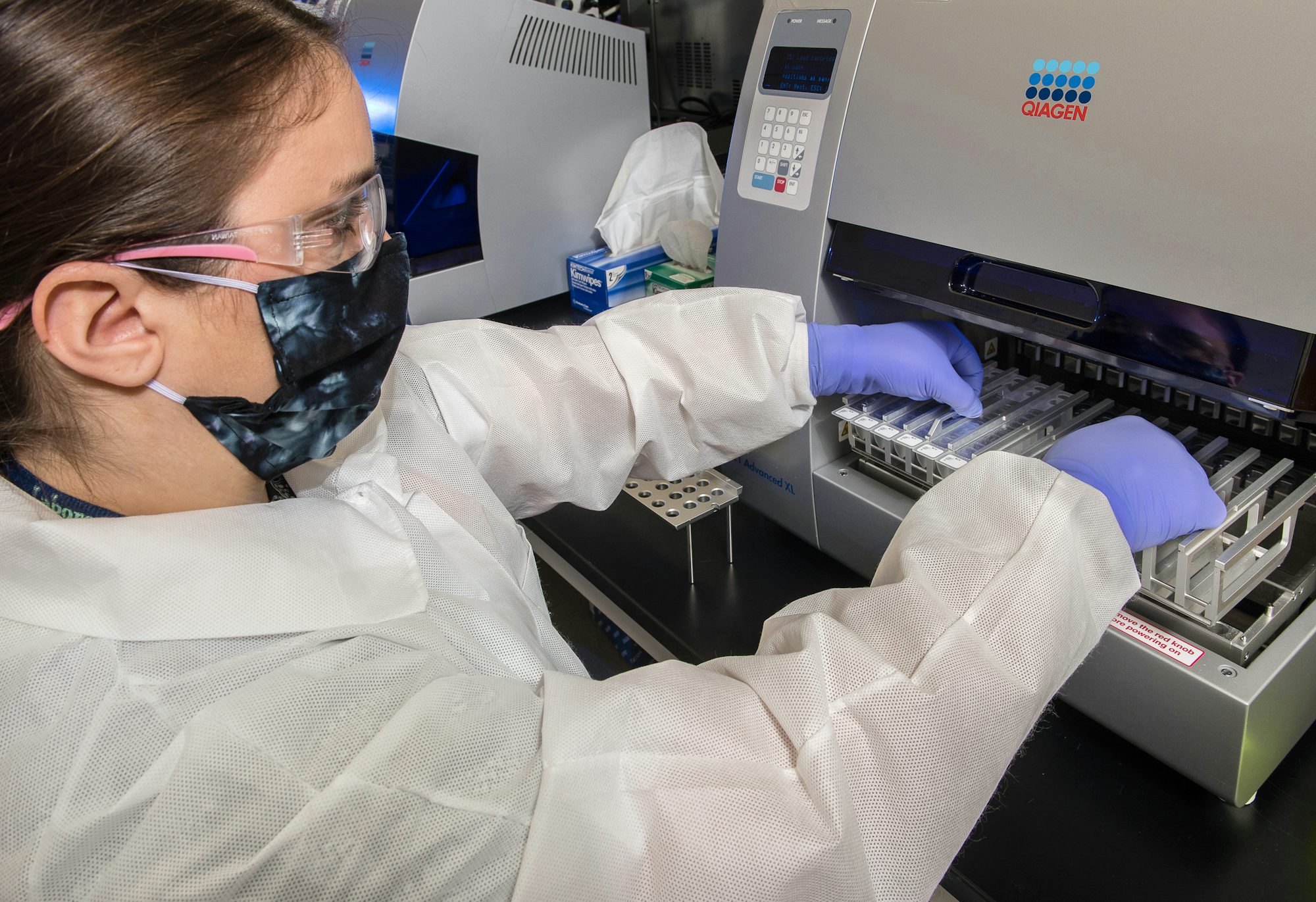Healthcare is constantly evolving, driven by advancements in technology, changing patient needs, and the growing demand for accessible and affordable care. One of the most significant developments in this evolution is the rise of specialized clinics, which play a crucial role in addressing diverse health concerns. From routine check-ups to cutting-edge treatments, clinics are becoming central hubs of healthcare delivery, providing focused services tailored to meet the unique needs of patients.
In this article, we’ll explore how modern clinics are shaping the future of healthcare, with a focus on their growth, specialization, and the ways in which they are transforming the medical landscape. Whether you are seeking preventive care, specialized treatments, or quick medical attention, understanding how clinics are evolving can help you make more informed decisions about your health.
1. The Rise of Specialized Clinics: Meeting the Demands of Modern Healthcare
The traditional model of healthcare, where patients visit a general practitioner for all their health concerns, is shifting. In today’s healthcare environment, specialized clinics have emerged to provide focused, expert care in specific areas of health. These clinics offer a more efficient and tailored approach to healthcare, allowing patients to receive the best treatment for their particular needs.
Specialization has become a defining feature of modern clinics. Clinics today range from dental and dermatology clinics to orthopedic, cardiology, and ophthalmology clinics. This trend has been fueled by the growing complexity of healthcare needs and the desire for faster, more accurate treatments. Specialized clinics often employ professionals with advanced training in specific fields, offering a higher level of expertise than a general practitioner can provide.
For example, a cardiology clinic focuses solely on the diagnosis and treatment of heart conditions, providing patients with access to specialized tests, treatments, and management strategies. Similarly, orthopedic clinics specialize in musculoskeletal health, offering everything from physical therapy to advanced surgical procedures. This level of focus ensures that patients receive care from experts who are highly skilled in addressing specific health concerns.
2. Technological Advancements: The Role of Innovation in Modern Clinics
One of the most exciting developments in healthcare has been the integration of technology into clinics. Advances in medical technology have revolutionized the way clinics deliver care, improving diagnostic accuracy, enhancing treatment options, and streamlining administrative processes.
For instance, diagnostic clinics now have access to advanced imaging technology such as MRI, CT scans, and ultrasound, enabling more accurate and timely diagnoses. These innovations allow doctors to detect health conditions earlier, even before symptoms manifest, leading to more effective treatment outcomes.
Telemedicine has also transformed the way clinics operate. With the rise of virtual consultations, patients can now seek medical advice from the comfort of their homes. This has been particularly beneficial for individuals with busy schedules or those living in remote areas. Telemedicine has opened up new possibilities for healthcare delivery, allowing clinics to reach more patients and provide care to those who may have otherwise struggled to access it.
Furthermore, clinics are increasingly using electronic health records (EHRs) to streamline patient care. EHRs allow healthcare providers to track patient history, medications, and test results, ensuring that all information is readily available and up to date. This technology reduces the risk of errors, improves coordination between different healthcare providers, and enhances the overall patient experience.
3. Patient-Centered Care: The Focus on Individual Health Needs
In addition to technological advancements, another key trend shaping modern clinics is the shift toward patient-centered care. This approach prioritizes the needs, preferences, and values of patients, with the goal of providing personalized care that is tailored to each individual.
Clinics are increasingly focused on creating a positive and supportive environment where patients feel heard and understood. This includes taking the time to listen to patients’ concerns, educating them about their conditions, and involving them in decisions about their treatment options.
Patient-centered care is also about making healthcare more accessible. Many clinics now offer extended hours, including evenings and weekends, to accommodate patients’ busy schedules. This flexibility helps patients access care when they need it, reducing the barriers to timely treatment.
Another important aspect of patient-centered care is the emphasis on preventive health. Clinics are focusing more on wellness and prevention, offering services such as health screenings, vaccinations, and lifestyle counseling. By prioritizing preventive care, clinics are helping to reduce the burden on the healthcare system and improve long-term health outcomes.
4. The Role of Urgent Care Clinics: Immediate Access to Care
One of the key innovations in modern healthcare is the widespread availability of urgent care clinics. These clinics provide immediate, walk-in care for non-life-threatening conditions that require prompt attention. Urgent care clinics have become an essential part of the healthcare system, offering an alternative to emergency rooms for conditions that don’t require the high level of care provided by a hospital.
The convenience of urgent care clinics is one of the reasons for their growing popularity. They offer extended hours, often operating during evenings and weekends, and do not require appointments. This makes them an attractive option for individuals who need quick care but don’t want to wait for a scheduled appointment at a general medical clinic.
Urgent care clinics are equipped to handle a wide range of conditions, including minor injuries, cold and flu symptoms, infections, and allergic reactions. These clinics are staffed by experienced healthcare providers who can quickly assess and treat patients, providing fast relief without the long wait times typically associated with emergency rooms.
5. The Impact of Community Health Clinics: Making Healthcare Accessible to All
Community health clinics play a vital role in ensuring that healthcare is accessible to everyone, regardless of their economic background or geographic location. These clinics focus on providing affordable or free healthcare services to underserved populations, such as low-income families, immigrants, and rural communities.
By providing primary care, preventive services, and education, community health clinics help to address health disparities and reduce barriers to care. They also offer a range of health services, including vaccinations, health screenings, and wellness checks, that are critical for maintaining overall health.
In many cases, community health clinics work in partnership with public health organizations and government agencies to improve healthcare access and health outcomes. These collaborations help ensure that everyone has the opportunity to receive the care they need, regardless of their financial situation or where they live.
6. The Future of Healthcare: A More Integrated and Collaborative System
As the healthcare landscape continues to evolve, the future of clinics looks promising. One of the most exciting trends is the movement toward a more integrated and collaborative healthcare system. Clinics are increasingly working together, sharing resources, and coordinating care across different specialties to provide more comprehensive services to patients.
The rise of multidisciplinary clinics, where healthcare providers from different specialties work together under one roof, is one example of this shift. For instance, a patient with a complex condition may receive care from a team that includes a primary care physician, a cardiologist, and a nutritionist, all collaborating to create a personalized treatment plan. This integrated approach ensures that patients receive holistic care that addresses all aspects of their health.
Additionally, with the growing focus on wellness and prevention, clinics are expanding their offerings to include services such as mental health counseling, stress management, and lifestyle coaching. These services, which address the mind-body connection, are helping to promote overall well-being and prevent chronic conditions before they develop.
Conclusion: The Continuing Evolution of Clinics in Healthcare
As the healthcare system continues to evolve, clinics are at the forefront of change, adapting to meet the diverse needs of patients and the challenges of modern medicine. From technological innovations to patient-centered care and collaborative healthcare models, clinics are shaping the future of medicine and improving access to high-quality care.
By understanding the roles of different types of clinics and the services they provide, patients can make more informed decisions about their healthcare. Whether you need specialized care, preventive services, or urgent attention, the right clinic can help you maintain your health and well-being, now and in the future.



